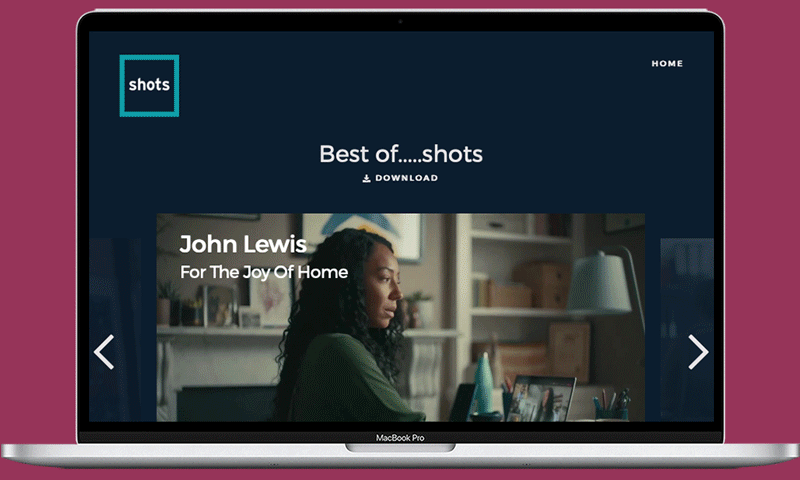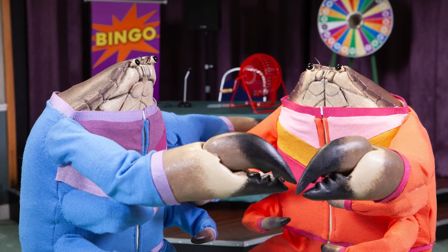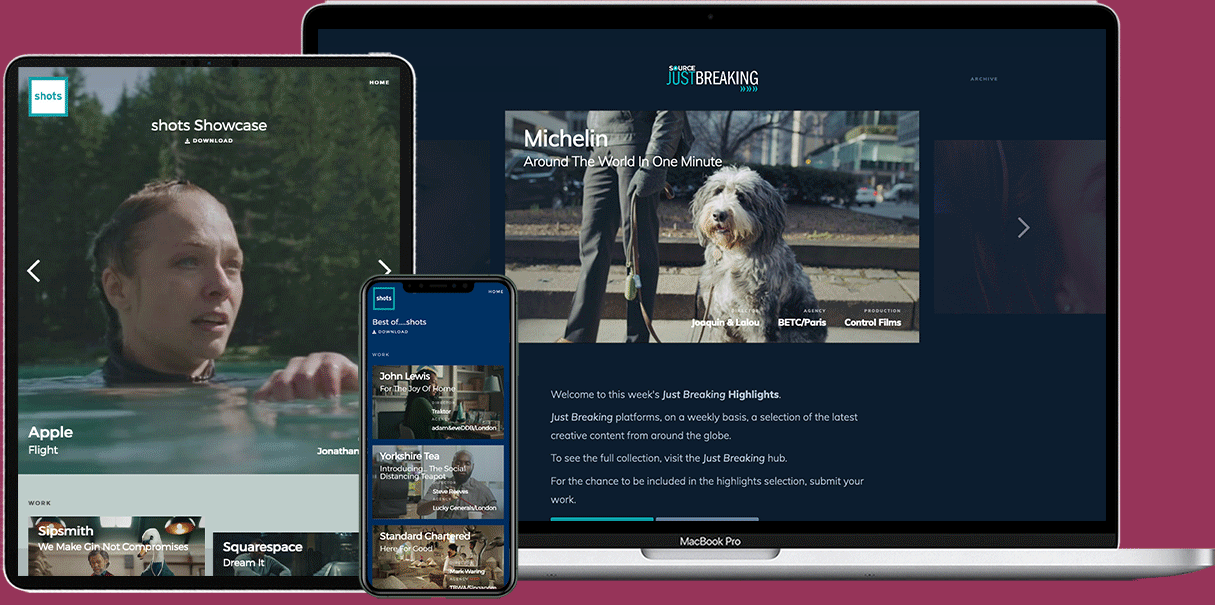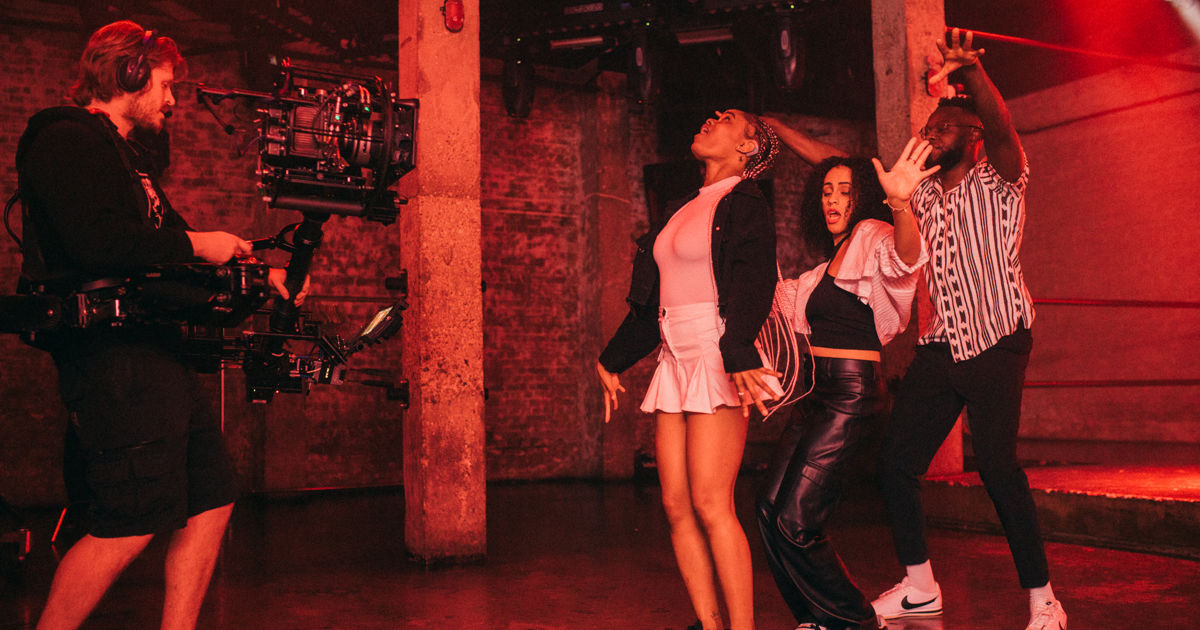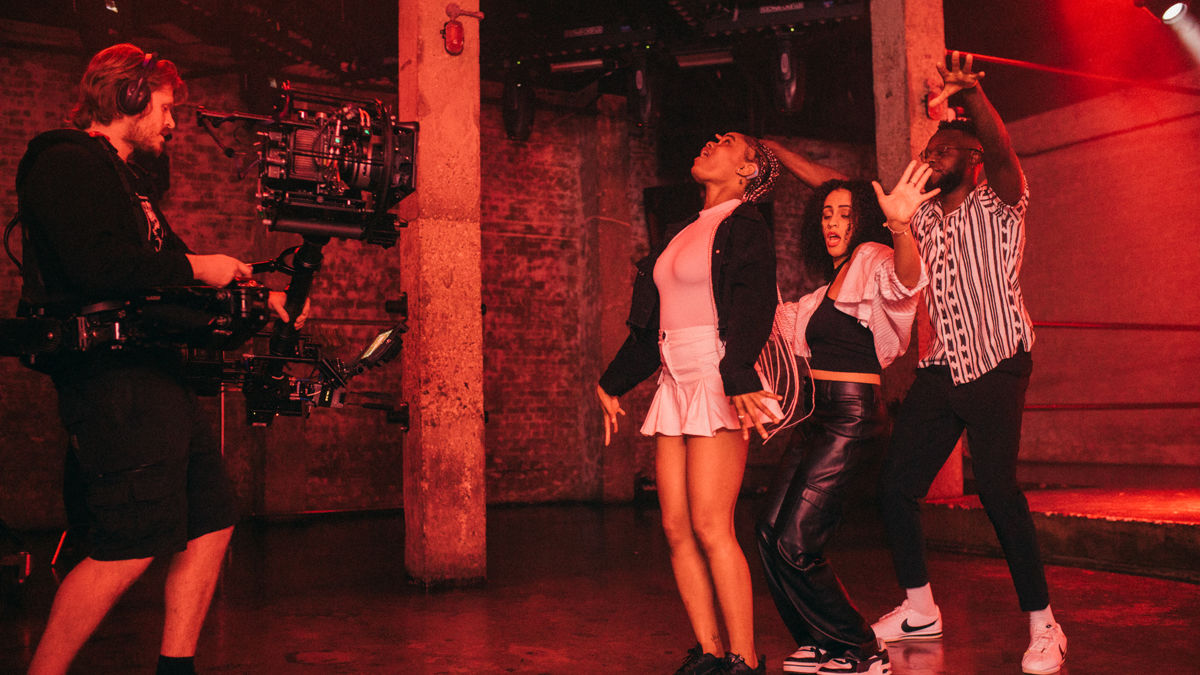How Signature's TikTok campaign is a sign of the times
A recent campaign for Signature, a British Sign Language charity, features a series of TikTok dance tutorials teaching viewers how to sign, countering the wave of incorrect sign language that has been spreading on social platforms. Sam Arnold, a deaf filmmaker and first time commercial director, helmed the campaign and he and producer Theo Youngstein tell us all about it.
Created by London agency Recipe and The Sweetshop London, a new campaign for Signature, a British Sign Language charity, aims to teach people the correct way to sign via a series of TikTok videos.
Called Re:Sign, the campaign was shot by The Sweetshop's Sam Arnold, a deaf filmmaker who makes his commercial directorial debut after assisting fellow Sweetshop directing duo, D.A.R.Y.L., who also mentored Arnold during this project.
The campaign built a crew that included deaf choreographers, dancers and crew members, and allowed for an on set experience that made was as inclusive and creative as possible. With over half a billion views across #deaftok, TikTok is a thriving and inclusive community for young deaf people. However, authentic content is being crowded out by people teaching ‘Fake Sign’ - Sign language that is inaccurate and misrepresents the deaf community. In fact, a staggering 89% of people fluent in sign language have experienced fake sign.
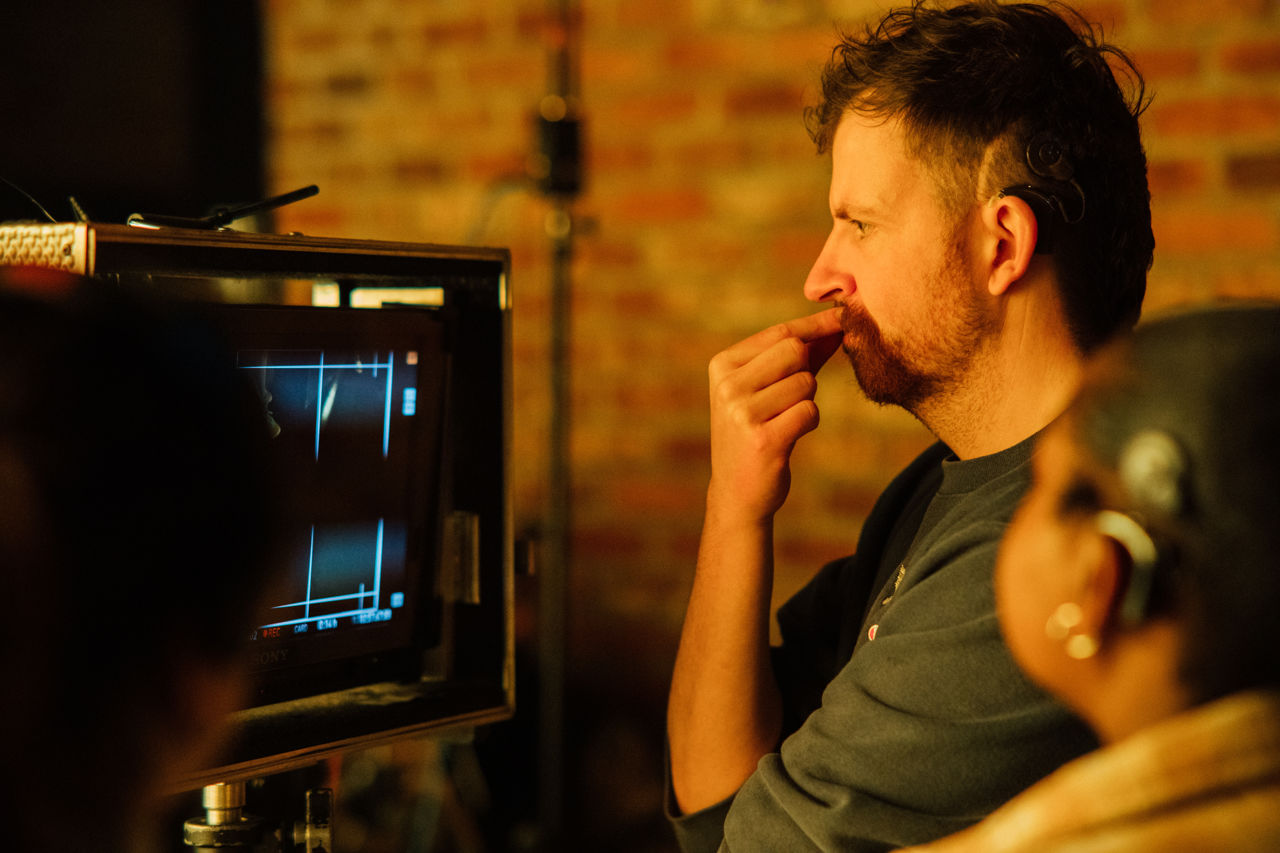
Above: Sam Arnold on the set of Re:Sign.
Re:Sign is a social first idea attempting to redress the balance of authentic BSL by using dance to spread awareness of the problem and get young people interested in learning BSL. The campaign uses lyrics from three tracks (Hotter Now by Lu Kala, This Is Me by Kullah featuring Jessy Covets, and Get A Load of Me by Kyla Krush) which are translated into BSL by BSL Consultant Cherie Gordon. The tracks were then turned into dance challenges choreographed by deaf performers and, along with the dances, three tutorials show viewers a step-by-step breakdown of the BSL incorporated into the dance.
Below, Arnold and producer Theo Youngstein discuss the reason for the campaign and the challenges they faced in bringing it to life.
Why was it important to create these films, and what issue was being addressed?
SA: Sign language has become a pop culture trend in music and social media, but it is often overshadowed by incorrect teaching and cultural appropriation that damage our sign language. We wanted to provide an accurate platform for teaching British Sign Language [BSL], educate TikTok users about cultural appropriation and incorrect or fake sign language being taught across social media, and reshape the representation of BSL in social media to respect our deaf culture and beautiful BSL.
Above: The campaign's goal was to counteract the incorrect teaching and cultural appropriation of BSL.
How did you ensure that the final execution stayed true to the idea, and that the dance films would accurately teach the audience BSL?
SA: We were fortunate to work closely with our choreographers, Raffie [Julien] and Chris [Fonseca], and our BSL consultant, Cherie [Gordon], to ensure that the choreography and BSL were integrated to create the Re/Sign moves.
The challenge was translating the English lyrics into BSL in a way that made sense.
However, the challenge was translating the English lyrics into BSL in a way that made sense, and integrating them into choreography that is easy to teach to the audience, who may have no knowledge of BSL. It was nerve-wracking to get it right within a few days before the shoot, as it was vital to teach the audience BSL correctly and to ensure they understood the importance of avoiding cultural appropriation and incorrect or fake sign language being taught on social media.
Above: BSL, it is explained, isn't a 'word for word' translation, but leaves room for 'flavour'.
Sam, this was your first commercial project as a director; how did you find the experience?
SA: It was the perfect project for my debut. I was passionate about it, and eager to face the challenges, allowing me to experiment with my vision and directing style. The unexpected challenges included fitting the BSL and the three dancers into the TikTok 9:16 format in a single shot, finding the right lyrics to work on, and picking the verses that worked for both the choreography and BSL. Also, we had to find time to educate the crew, agency and clients about sign language, deaf experiences and awareness to ensure they agreed with our vision for Re/Sign and bridge the trust and communication gap for everyone to be involved.
Above: Director Sam Arnold explains why the campaign was necessary.
How did you find the right talent and crew to realise the films, and what did they bring?
TY: Using Sam’s network we reached out to deaf crew members first to fill roles where possible. We brought in the wonderful DoP Rik Burnell, who had recently shot with deaf talent and bought his team to support the shoot. To bridge any communication gap we had two interpreters with us. This meant that Sam, the performers and the deaf members of crew could communicate in their first language, aiding both efficiency and nuance.
The communication chain we created required calm, and a level of quiet I had rarely experienced before.
The feel on the set was remarkable. The communication chain we created required calm, and a level of quiet I had rarely experienced before. We had a lot to shoot in the day but it was efficient, calm and incredibly productive. For the hearing members of the crew it was totally enlightening.
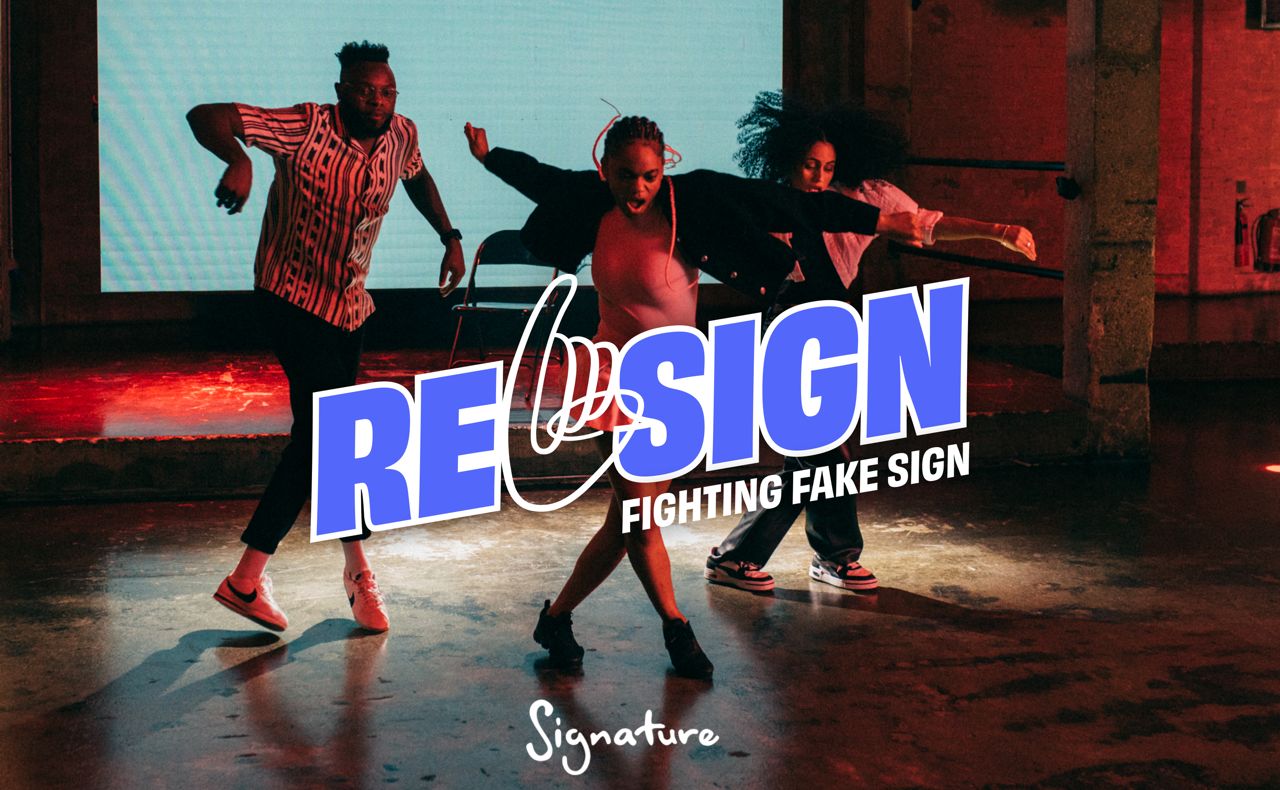
Were there any considerations in producing this that you weren’t aware of before stepping into a project with a deaf director and deaf crew members?
TY: We were careful to not make assumptions and to check in with Sam and the other collaborators about what would help them and give them space to inform us of anything that might exclude them. For example, although most collaborators had cochlear implants, we involved interpreters on any pre-production calls to ensure that they could participate in their own language if needed. We also had both interpreters and a BSL sign monitor who ensured that the performers were clearly demonstrating sign in the correct way in their dances. We circulated some guides to the hearing crew with some basic sign language to learn as well as advice for communicating on a mixed set.
Above: The campaign's dancers and do their thing to Hotter Now by Lu Kala.
Has producing this project taught you anything you will take forward to future projects?
TY: There was lots to learn from this shoot. Paramount was that there should be no barrier to including deaf crew and cast on any shoot. It was a privilege to be allowed a little bit into the deaf community and to experience the amazing performances and choreography, and work with such a great team.
What was the most challenging part of this project?
TY: Our biggest potential hurdle was to gain the music rights for the dances for a charitable project with no spend. But we were blessed to be assisted by Wake The Town. Sam and his team did a miraculous job talking to the artists and publishers and getting them on board with the project to ensure we got three fantastic tracks we could use.
The most challenging part was finding the right lyrics so we could pick a verse that worked for both the choreography and BSL.
SA: The most challenging part was finding the right lyrics so we could pick a verse that worked for both the choreography and BSL. We only had a few days before the ReSign shoot to do this, and we faced the pressure of translating the lyrics into BSL accurately to avoid any misconceptions or backlash from the deaf community if we didn’t get it right.
Above: Arnold explains how BSL can be affected by incorrect usage and cultural appropriation.
And the most rewarding?
TY: When we saw the first videos of the choreographers working out the songs there was a real “this is going to work” moment. And then that usual shoot day magic of an efficient, capable crew materialising was amplified by the deaf and hearing teams working so smoothly together.
Having a fantastic mixture of hearing and deaf people behind the project was crucial in pushing the awareness campaign forward.
SA: The most rewarding aspect was creating something original that had never been done before; a single shot following the Re:Sign moves in under a minute, with BSL-integrated dance moves. Also, having a fantastic mixture of hearing and deaf people behind the project, willing to listen and trust my vision, was crucial in pushing the awareness campaign forward.

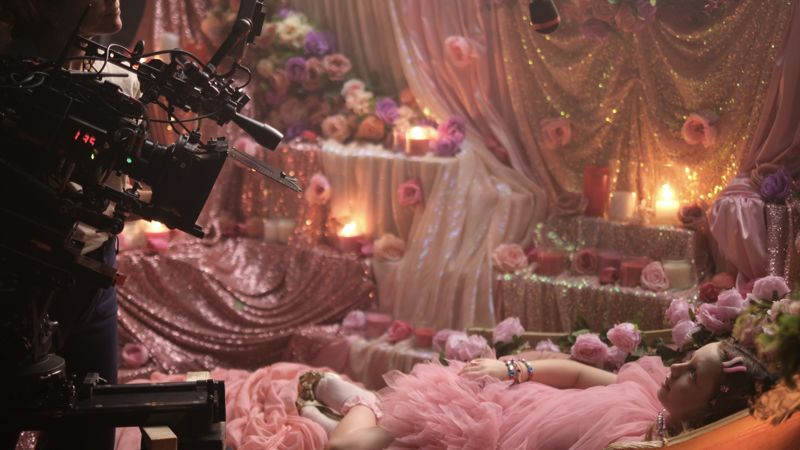
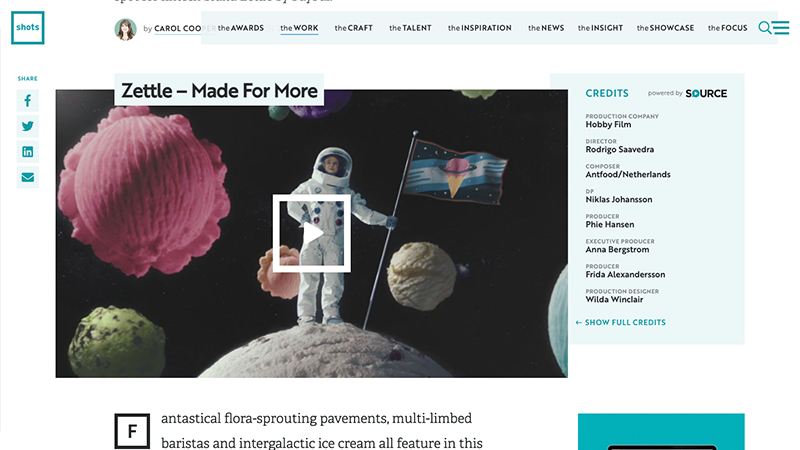

 + membership
+ membership